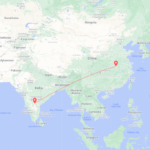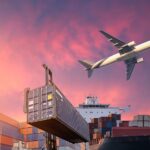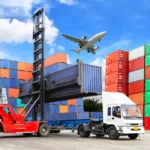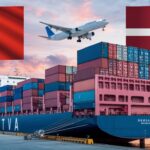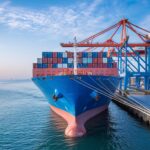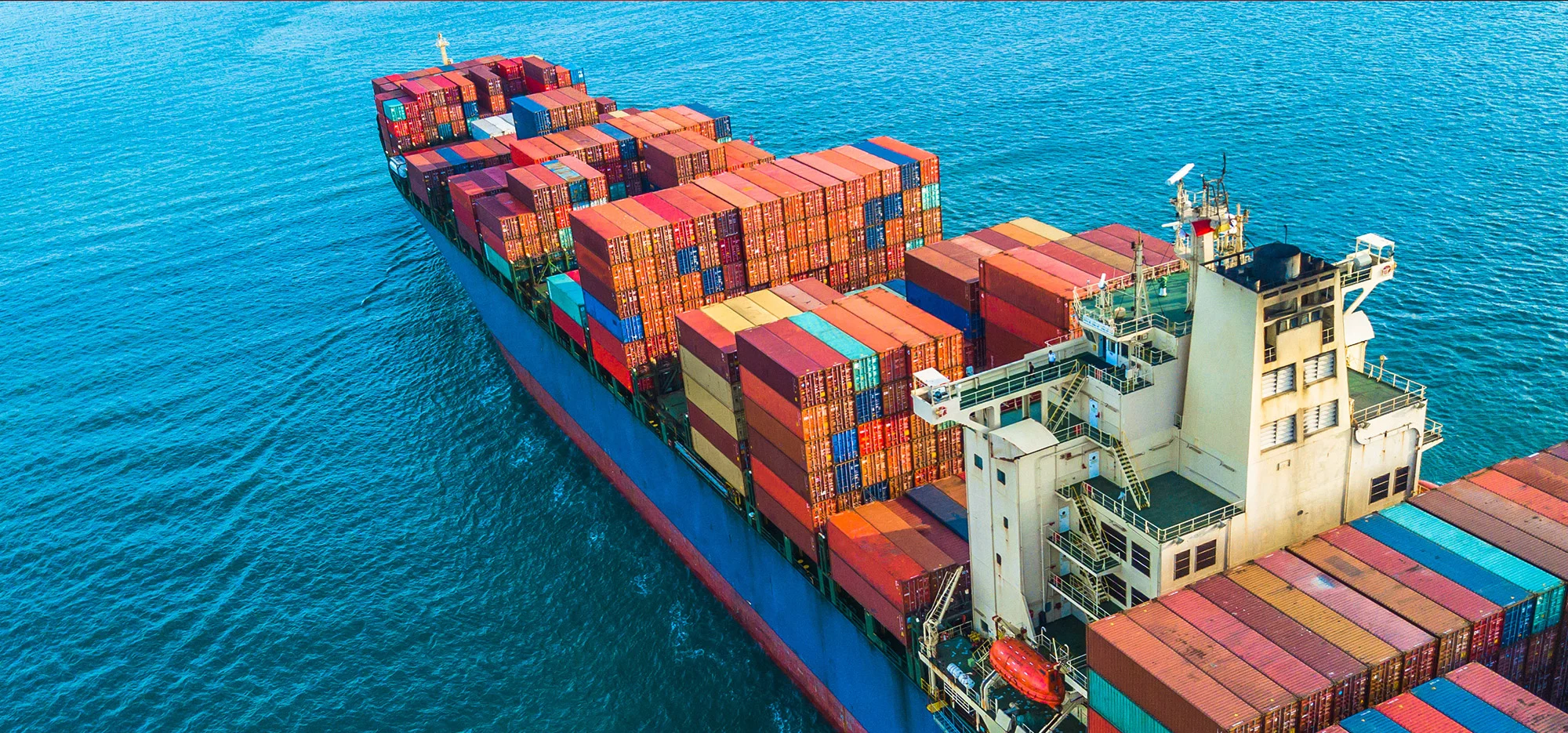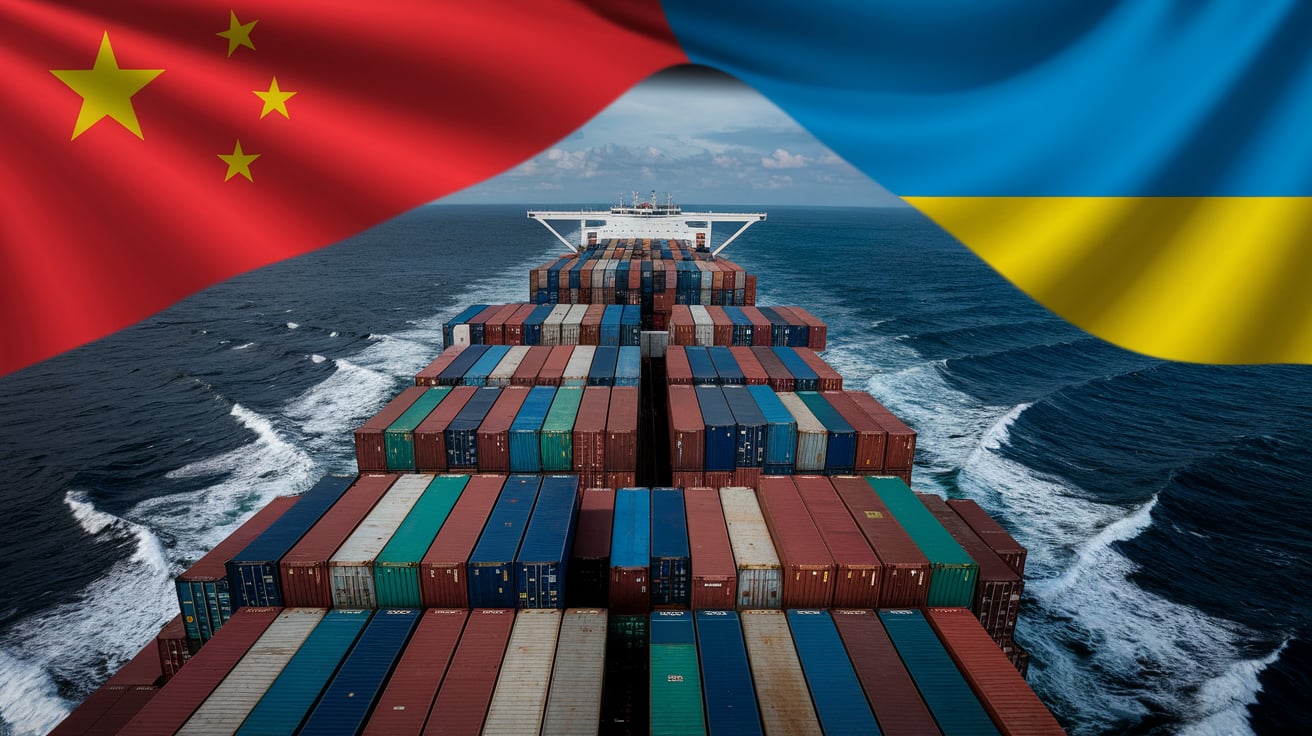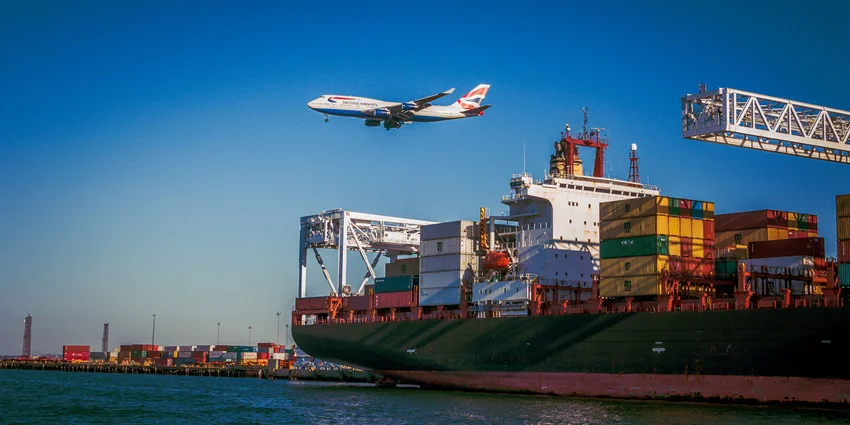Shipping goods from China to Myanmar involves navigating a complex landscape of options, costs, and regulations. Whether you are a seasoned importer or just starting, understanding the available shipping methods and their respective advantages is crucial for making informed decisions. This comprehensive guide breaks down the primary shipping methods—air freight and sea freight—and provides detailed insights into the factors influencing shipping costs and transit times. By equipping yourself with this knowledge, you can optimize your shipping strategy, ensuring timely delivery and cost efficiency for your business endeavors.
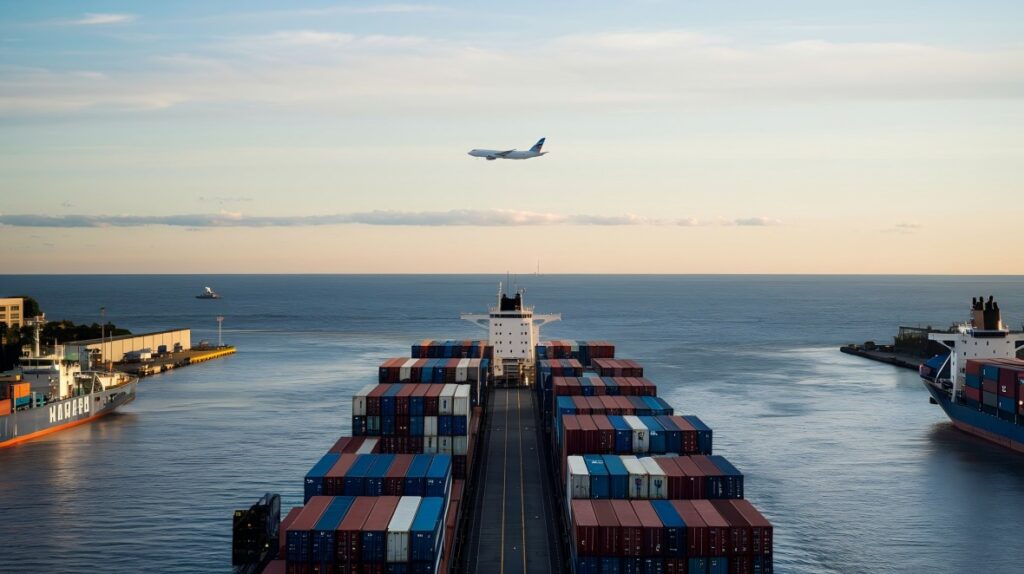
Understanding Shipping Options from China to Myanmar
Overview of Shipping Methods: Air vs. Sea Freight
When it comes to shipping from China to Myanmar, two primary methods stand out: air freight and sea freight. Each method has its advantages and disadvantages, and the choice often depends on factors such as urgency, budget, and the nature of the goods being shipped.
Air Freight
Air freight is known for its speed and efficiency. It is often the preferred choice for urgent shipments or high-value items that require quick delivery. The main advantages of air freight include:
- Speed: Air transportation is significantly faster than sea freight, often taking as little as a few days to reach Myanmar.
- Reliability: Airlines typically have established schedules, reducing the risk of delays.
- Security: Air cargo is generally more secure, minimizing the risk of theft or damage during transit.
However, the primary drawback is the cost. Air freight tends to be more expensive, making it less viable for bulk shipments or low-value goods.
Sea Freight
On the other hand, sea freight is a more economical choice for larger shipments or goods that are not time-sensitive. Here are some key points regarding sea freight:
- Cost-Effective: Sea freight is generally cheaper than air freight, making it suitable for bulk items or lower-value goods.
- Capacity: Ships can carry a significant amount of cargo, accommodating various types of goods, including oversized items or machinery.
- Environmental Impact: Shipping by sea has a lower carbon footprint compared to air transport, which can be a consideration for environmentally conscious businesses.
However, sea freight is slower, often taking several weeks for shipments to arrive, which could impact supply chain timelines.
Key Factors Influencing Shipping Costs
When evaluating the costs associated with shipping from China to Myanmar, several factors come into play:
- Shipping Distance: The distance between the origin and destination affects transportation costs. China and Myanmar share a border, which can reduce shipping costs if land routes are used.
- Cargo Weight and Volume: Shipping costs are typically calculated based on the weight and volume of the shipment. Heavier and bulkier items will incur higher costs.
- Shipping Method Chosen: As discussed, the choice between air and sea freight will significantly influence the overall shipping expenses.
- Customs Duties and Taxes: Import duties and taxes imposed by Myanmar’s government can add to the total shipping costs. It is essential to understand the tariffs applicable to your specific products.
- Insurance Services: Opting for insurance services can protect against potential losses during transit, but it adds to the overall cost.
- Seasonal Variations: Shipping costs can fluctuate based on demand during peak seasons. It is advisable to plan shipments outside of peak periods when possible.
You may be interested in the following related articles:
- Shipping From China To Vietnam
- Shipping From China To Thailand
- Shipping From China To South Korea
- Shipping From China To Philipines
- Shipping From China To Pakistan
- Shipping From China To Japan
- Shipping From China To Indonesia
- Shipping From China To Singapore
- Shipping From China To Malaysia
Shipping Costs: A Detailed Breakdown
Understanding the intricate details of shipping costs is crucial for budgeting and financial planning. Below is a detailed analysis of the average shipping costs associated with air and sea freight from China to Myanmar.
Average Shipping Costs for Air Freight
Air freight costs can vary widely based on the service provider, the weight of the shipment, and how quickly you need the goods. Here’s a rough estimate of average costs:
| Weight Range | Estimated Cost (USD per kg) |
|---|---|
| 0 – 100 kg | $5.00 – $10.00 |
| 100 – 500 kg | $4.00 – $8.00 |
| 500 kg and above | $3.00 – $6.00 |
These figures can fluctuate based on market conditions and specific route options.
Average Shipping Costs for Sea Freight
Sea freight costs are generally calculated based on container size. Below are average shipping costs for different container sizes from China to Myanmar:
| Container Size | Estimated Cost (USD) |
|---|---|
| 20-foot container | $1,200 – $1,800 |
| 40-foot container | $2,000 – $3,000 |
| Less than Container Load (LCL) | $150 – $500 per cubic meter |
Hidden Fees and Additional Charges
Importing goods often involves additional fees that can catch shippers off guard. Some common hidden fees include:
- Documentation Fees: Charges for paperwork processing.
- Terminal Handling Charges: Costs incurred at the port of arrival.
- Security Fees: Fees related to customs security measures.
- Storage Charges: Costs incurred if goods are held at the port beyond a specified period.
Understanding these potential additional charges is vital for accurate cost estimation when shipping from China to Myanmar.
Partnering with Dantful International Logistics
Navigating the complexities of shipping from China to Myanmar can be challenging. For businesses looking for a reliable and cost-effective solution, Dantful International Logistics offers a highly professional, cost-effective, and high-quality, one-stop international logistics service. Our expertise covers various services, including customs clearance, door-to-door shipping, and insurance services. By choosing Dantful, you can rest assured that your shipments are handled with the utmost expertise and care.
Transit Times: What to Expect
Understanding transit times is essential for businesses importing goods from China to Myanmar. Knowing how long it will take for your products to arrive can significantly influence inventory management and customer satisfaction. Below, we will explore the average transit times for both air freight and sea freight, as well as the factors that might affect shipping speeds.
Average Transit Times for Air Freight
Air freight is the quickest way to transport goods over long distances. Typically, shipments from China to Myanmar via air can be expected to take:
| Shipping Method | Average Transit Time |
|---|---|
| Direct Flights | 2 to 5 days |
| Indirect Flights | 5 to 10 days |
Direct flights offer the fastest service, while indirect flights may take longer due to layovers and additional handling. However, even with indirect options, air freight remains the fastest available shipping method.
Average Transit Times for Sea Freight
For those choosing sea freight, transit times are generally longer due to the nature of maritime transport. The average shipping duration for sea freight from China to Myanmar is as follows:
| Shipping Method | Average Transit Time |
|---|---|
| Full Container Load (FCL) | 12 to 25 days |
| Less than Container Load (LCL) | 15 to 30 days |
The transit times for sea freight can vary significantly based on factors such as port congestion and the specific shipping route taken.
Factors Affecting Shipping Speed
Various factors can influence the speed at which goods are transported from China to Myanmar:
- Shipping Method: As previously discussed, air freight is significantly faster than sea freight.
- Port Congestion: Delays at ports due to high traffic can slow down the shipping process.
- Weather Conditions: Adverse weather can impact transit times, especially for maritime shipping.
- Customs Processing: Delays in customs clearance can prolong the time it takes for goods to enter Myanmar.
- Route Options: The specific routes taken may affect overall transit times, with some routes being more efficient than others.
How to Choose the Right Shipping Company
Selecting the right shipping company is crucial for ensuring timely and cost-effective delivery of goods. Here are several key points to consider when evaluating potential shipping partners.
Comparing Shipping Companies: Key Metrics to Evaluate
When assessing shipping companies, focus on the following metrics:
- Transit Times: Understand the average shipping times for both air and sea freight.
- Cost Structure: Compare quotes and understand the breakdown of costs, including any potential hidden fees.
- Service Offerings: Evaluate whether the company provides comprehensive services, such as customs clearance, warehouse services, and insurance services.
- Tracking Capabilities: Look for companies that offer robust tracking systems to monitor shipments in real-time.
The Role of Freight Forwarders in Cost Reduction
Utilizing a freight forwarder can simplify the shipping process and often reduce costs. Freight forwarders are experts in logistics that negotiate better rates, optimize shipping routes, and manage documentation, all of which contribute to lowering overall shipping expenses. They serve as intermediaries between shippers and carriers, streamlining operations for both parties.
Customer Reviews and Reputation: What to Look For
Customer reviews and the overall reputation of shipping companies are critical to making an informed decision. Look for:
- Positive Testimonials: High ratings and positive experiences from previous customers can indicate reliability.
- Industry Experience: Companies with a proven track record in your specific industry may better understand your shipping needs.
- Response Times: Evaluate how quickly potential shipping companies respond to inquiries, as this can reflect their customer service level.
You may be interested in the following related articles:
- How to Find the Cheapest Shipping Company from China to Serbia
- How to Find the Cheapest Shipping Company from China to Uruguay
- How to Find the Cheapest Shipping Company from China to Kenya
- Discover the Cheapest Shipping Company from China to Italy
- How to Choose the Cheapest Shipping Company from China to Denmark
- How to Find the Cheapest Shipping Company from China to Malaysia
Customs Regulations and Import Duties
Navigating customs regulations and understanding import duties is fundamental for any business importing goods into Myanmar.
Understanding Customs Procedures in Myanmar
Importing goods into Myanmar requires compliance with local customs regulations. The following steps are typically involved:
- Documentation Preparation: Accurate and complete documentation is essential. This includes commercial invoices, packing lists, and bills of lading.
- Customs Declaration: Submit the required documents to Myanmar’s Customs Department for clearance.
- Payment of Duties: After clearance, customs duties must be paid before goods can be released from the port.
Familiarizing yourself with the specific customs regulations and documentation requirements is crucial to avoid delays.
Common Import Duties and Taxes
The import duties and taxes applicable to shipments into Myanmar can vary based on the type of goods being imported. Common charges include:
- Customs Duties: Typically calculated as a percentage of the value of the goods being imported.
- Value Added Tax (VAT): Generally applied to most imported goods at a rate of 5%.
- Excise Taxes: These are applicable to specific goods, such as alcohol or tobacco.
It’s essential to research product-specific duties to ensure accurate budgeting.
Tips for Reducing Customs Charges
To minimize customs charges when importing goods into Myanmar, consider the following strategies:
- Correct Classification: Ensure accurate classification of goods to avoid overpaying on customs duties.
- Leverage Free Trade Agreements: Explore if your goods qualify for any free trade agreements that may reduce tariffs.
- Utilize Duty Drawbacks: Investigate the possibility of recovering certain duties if the goods are subsequently exported.
Tips for Reducing Shipping Costs
Reducing shipping costs is vital for businesses aiming to optimize their bottom line. Below are effective strategies to achieve cost-effective shipping.
Strategies for Cost-Effective Shipping
- Consolidation: Combining shipments can lower costs by maximizing container space and reducing overall shipping frequency.
- Choosing the Right Shipping Method: Assess whether air or sea freight aligns better with your budget and time constraints.
- Negotiating Rates: Establish long-term relationships with shipping companies to negotiate better rates.
- Utilizing Technology: Employ logistics management software to optimize shipping routes and manage inventory effectively.
Using Freight Forwarders and Logistics Services
Engaging with freight forwarders and logistics service providers can significantly enhance efficiency and reduce costs. They can help you navigate complex shipping requirements and regulations while leveraging their networks to find the most cost-effective solutions.
In summary, understanding the nuances of transit times, customs regulations, and shipping costs is crucial for those importing goods from China to Myanmar. Dantful International Logistics can assist in navigating these complexities, providing a seamless shipping experience tailored to your needs.
Dantful International Logistics Services:
- Dantful Ocean Freight Services
- Air Freight From China
- Amazon FBA Freight Forwarding
- WAREHOUSE Services
- One-Stop Customs Clearance Solution
- Cargo Insurance Services in China
- DDP Shipping Services By Dantful Logistics
- Out of Gauge Cargo Transportation Shipping Services

Young Chiu is a seasoned logistics expert with over 15 years of experience in international freight forwarding and supply chain management. As CEO of Dantful International Logistics, Young is dedicated to providing valuable insights and practical advice to businesses navigating the complexities of global shipping.

